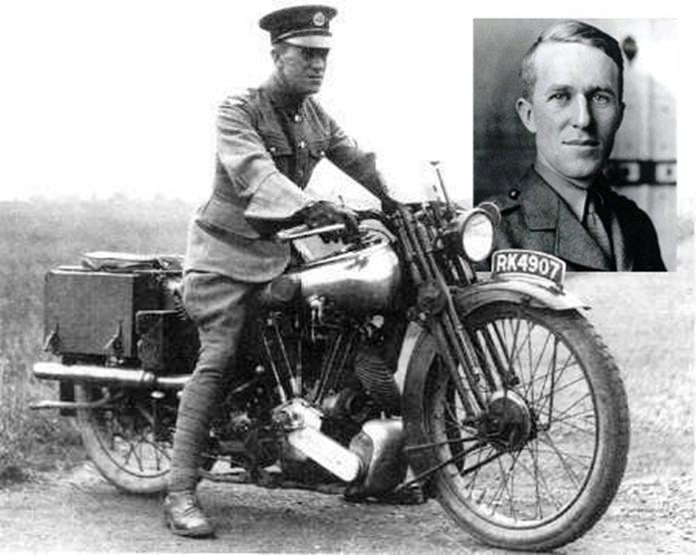Lawrence of Arabia died from brain injuries in 1935 following a motorcycle accident. One of the neurosurgeons who attended Lawrence was Australian Dr. Hugh Cairns. He was profoundly moved by the tragedy of this famous First World War hero dying at such a young age from severe head trauma. Having been powerless to save Lawrence, Cairns set about identifying, studying, and solving the problem of head trauma prevention in motorcyclists.

In 1941, his first and most important article on the subject was published in the British Medical Journal. He observed that 2279 motorcyclists and pillion passengers had been killed in road accidents during the first 21 months of the war, and head injuries were by far the most common cause of death. Most significantly, however, Cairns had only observed seven cases of motorcyclists injured while wearing a crash helmet, all of which were nonfatal injuries. His 1946 article on crash helmets charted the monthly totals of motorcyclist fatalities in the United Kingdom from 1939 to 1945. The obvious decline in the number of fatalities took place after November 1941, when crash helmets became compulsory for all army motorcyclists on duty. His article concluded, “From these experiences there can be little doubt that adoption of a crash helmet as standard wear by all civilian motorcyclists would result in considerable saving of life, working time, and the time of hospitals.”
It was not until 1973, 32 years after his first scientific article on the subject, were crash helmets made compulsory for all motorcycle riders and pillion passengers in the United Kingdom. And many years after that for the use of crash helmets to be legislated in Thailand, and some SE Asian nations are yet to follow.
However, legislation alone is not enough. Helmets have to be of a sufficient standard to give the protection needed. There needs to be a standard, and the US Snell Foundation is one such organization.
The Snell foundation is an independent non-profit helmet testing lab. William “Pete” Snell was an amateur road racer who died of head injuries in an auto crash in 1956. He was wearing a leather helmet at the time. The Snell Foundation was founded and funded in 1957 by friends and family of Pete Snell. The lab was originally directed by Dr. George Snively, a medical doctor, engineer, and amateur road racer who was interested in helmets and head protection. Dr. Snively’s research soon showed that helmets would have to be made of fiberglass and other synthetic materials, not leather.
And people wonder why I can get incensed by legislative stupidity in Michigan.




